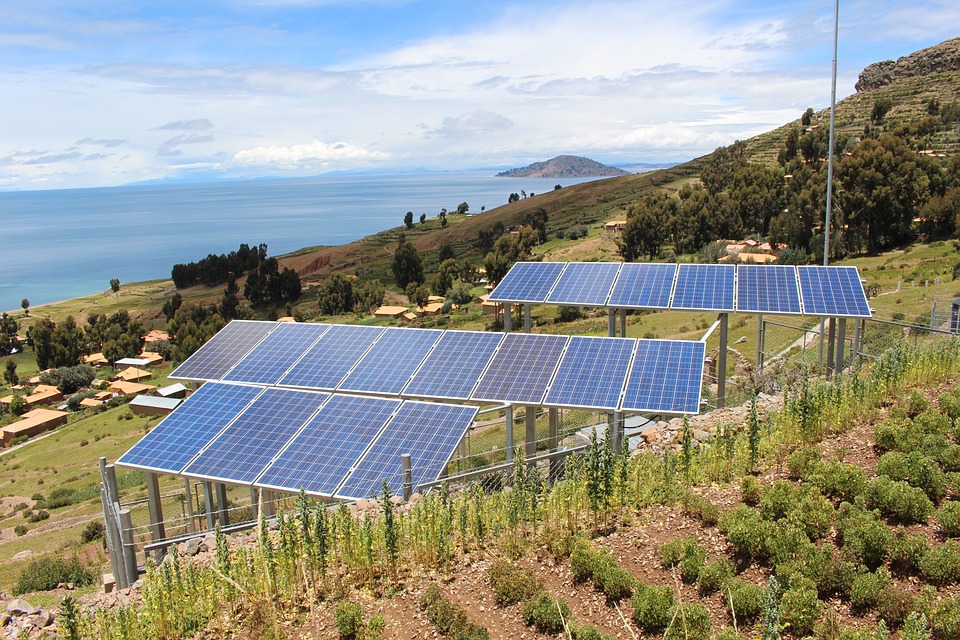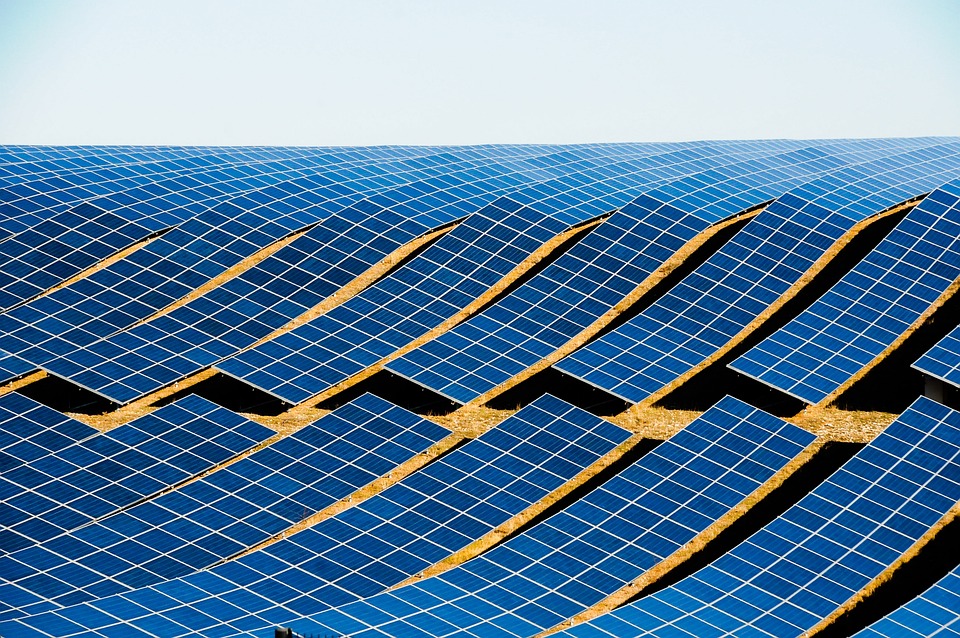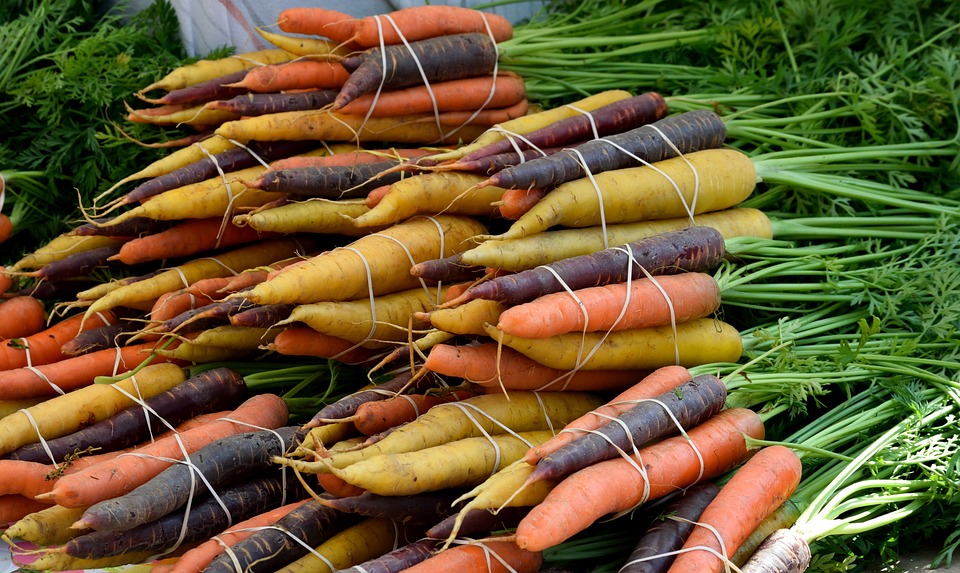Solar Power: The Key to a Sustainable Future
Solar Power: The Key to a Sustainable Future I will never forget the first time I installed solar panels on my off-grid home. It was a game changer. No longer did I have to rely on nonrenewable energy sources to power my appliances and lights. From that moment on, I became a true believer in the potential of solar power to revolutionize the way we live. As our world faces environmental challenges, it’s becoming increasingly clear that solar power is the key to a sustainable future. In this article, we will explore the numerous benefits of solar power, as well as some pro tips for harnessing its full potential. Why Solar Power? Solar power is, in many ways, the ultimate energy source. It is renewable, abundant, and free. Unlike fossil fuels, solar power does not produce harmful emissions that contribute to air and water pollution, and it does not contribute to climate change. This makes it a much more sustainable option for powering our homes, businesses, and communities. One of the greatest benefits of solar power is its accessibility. No matter where you live, as long as you have access to sunlight, you can harness the power of the sun to generate electricity. This means that even remote and off-grid locations can benefit from solar power, making it a truly inclusive energy source. Solar power also offers significant cost savings. While the initial investment in solar panels and installation can be substantial, the long-term savings on energy bills can more than make up for it. In fact, studies have shown that homeowners who invest in solar power can save thousands of dollars over the lifetime of their solar panels. In addition to the financial benefits, solar power also provides energy independence. By generating your own electricity, you are no longer at the mercy of utility companies or fluctuating energy prices. This can provide a sense of security and control over your energy usage, as well as reduce your reliance on nonrenewable energy sources. Pro Tips for Maximizing Solar Power If you are considering making the switch to solar power, there are some pro tips to keep in mind to ensure that you are maximizing its potential. Here are a few tips that I have learned through my own experience living off the grid: 1. Invest in high-quality solar panels. While it may be tempting to opt for cheaper, lower quality panels, investing in high-quality panels can pay off in the long run. Not only do they tend to be more efficient at capturing sunlight, but they also have a longer lifespan and require less maintenance. 2. Consider your energy needs. Before purchasing solar panels, take the time to evaluate your energy usage and determine how many panels you will need to meet your energy needs. This will help you avoid over or underestimating your solar power system. 3. Leverage energy storage. In addition to solar panels, consider investing in energy storage solutions such as batteries. This will allow you to store excess energy generated during the day for use during the night or on cloudy days, ensuring that you have a reliable source of electricity at all times. 4. Optimize your panel placement. The placement of your solar panels can greatly impact their efficiency. Make sure to install them in a location with ample sunlight throughout the day, and consider tilting them to capture as much sunlight as possible. 5. Monitor your energy usage. Keeping track of your energy usage can help you make informed decisions about your solar power system and identify opportunities for further energy savings. There are many tools and apps available to help you monitor and manage your energy usage. 6. Consider incentives and rebates. Many governments and utility companies offer incentives and rebates for homeowners who invest in solar power. Make sure to research and take advantage of these opportunities to offset the initial cost of your solar power system. The Future of Solar Power As solar power technology continues to advance, its potential for transforming the way we power our world is only growing. Innovations such as solar shingles, transparent solar panels, and floating solar farms are making solar power more accessible and versatile than ever before. In addition to its environmental and economic benefits, solar power also has the potential to create new jobs and stimulate economic growth in the renewable energy sector. As someone who has experienced firsthand the benefits of living off the grid with solar power, I can attest to the transformative power of this sustainable energy source. I truly believe that solar power is the key to a more sustainable and brighter future for our planet. By harnessing the power of the sun, we can reduce our reliance on nonrenewable energy sources, mitigate climate change, and create a more resilient and sustainable energy infrastructure for generations to come. In conclusion, the potential of solar power to create a more sustainable future is undeniable. Its accessibility, cost savings, energy independence, and environmental benefits make it an attractive option for homeowners, businesses, and communities. As technology continues to advance, the future of solar power looks brighter than ever. By embracing this renewable energy source and implementing pro tips for maximizing its potential, we can all contribute to a more sustainable and brighter future for our planet.










